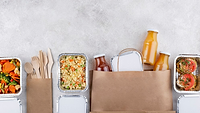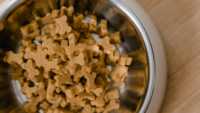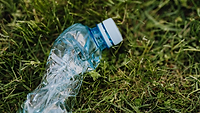Unstudied Chemicals Found in Food Packaging, Toxicity Questioned

A recent study published in Critical Reviews in Food Science and Nutrition has examined thousands of chemicals that are present in food packaging, for which the effects on human health have not been thoroughly studied. Food contact materials (FCMs), such as food packaging, can leach hazardous chemicals into the food they touch, posing a health risk to consumers. The study, which is the first evidence base of empirical data on FCCs in all types of FCMs, aims to contribute to the development of non-hazardous FCMs that can lead to safer food.
The study’s researchers compiled a database of food contact chemicals (FCCs) using information from 1,210 studies. From the database, 2,881 FCCs were detected across six FCM groups (plastics, paper and board, metal, multi-materials, glass and ceramic, and other). Of these 2,881 FCCs, 65 percent were previously unknown to be present in FCMs. Whether the chemicals are being added to FCMs intentionally or unintentionally is indiscernible. The toxicity of these FCCs are undetermined.
The study also identified several FCCs of concern in its database that can cause harm even at low levels, and for which no safe thresholds are thought to exist. FCCs of concern include genotoxicants, endocrine-disrupting chemicals (such as BPA), phthalates, and nonylphenols. BPA and two phthalates (DEHP and DBP) represent 4.5 percent of the total database entries, while 1,433 FCCs in the database were detected only once. Of the 200 FCCs with the highest number of database entries, six belong to the class of per- and polyfluoroalkyl substances (PFAS), which are a public health and environmental concern.
More than 12,000 FCCs are known to be used. However, only 1,013 of the known FCCs were present in the database. The study’s findings expand the number of known FCCs to 14,153. Plastic was the most studied FCM in the database, with 63 percent of studies included in the database focusing on plastics. Glass and ceramic had the lowest number of detected FCCs.
The study notes that chemical migration from FCMs to food depends on factors such as temperature, contact time, the surface-volume ration, and the type of food or food simulant.
Looking for a reprint of this article?
From high-res PDFs to custom plaques, order your copy today!






